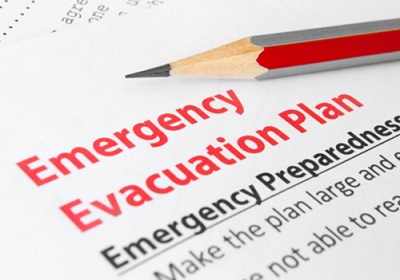 Thursday, April 25, 2024
Thursday, April 25, 2024  Thursday, April 25, 2024
Thursday, April 25, 2024 
There can be a variety of emergencies in buildings. Disorganized evacuations result in confusion and put occupants at risk, whether in commercial, institutional, industrial and or residential occupancies. Fire evacuations can be one emergency and it is critical that the fire safety plan identify when and how the occupants are to respond, keeping in mind the worst-case scenarios. Sooner or later, one can expect a building evacuation to take place, whether it is a real alert or false alarm. The fact is that most people entering a building rarely consider how to evacuate the premises should a fire emergency arise. Nevertheless, incidents requiring rapid evacuation of buildings do occur and are not always due to a catastrophic event. This means it is essential for building operators and their supervisory personnel to always know the precise roles they are responsible to fulfill. Of course, putting measures in place to prevent fires and other hazardous events in advance further reduces the level of risk to the occupants.
Fire safety plans do not necessarily have to be lengthy or even complex, however they are to be designed so that they are easily understood and tailored to comply with the fire code that is specific to the building classification. Even the best fire safety plans will fall short unless the facilities staff learn the essential plan, implement the emergency evacuation procedures, and follow the fire drill requirements. As described in the approved fire safety plan, fire evacuation procedures are the responsibility of building management to set in motion, ensuring readiness to deal with an emergency when it arises. The fire code does require that each fire safety plan is to be reviewed at intervals of no greater than 12 months to ensure its contents continue to accurately reflect the current building layout, the placement of the fire and life safety equipment, the current list of persons requiring assistance and emergency contact / phone information.
Watch the video and learn more about Construction Links Network – the peer-to-peer network sharing platform for the construction, building and design community.
Ideal for YOUR Press Releases | Project Updates | New Appointments | Awards & Milestones | Company News | New Products/Services | Brochures | Videos | Infographics | Blog Sharing | Events and More